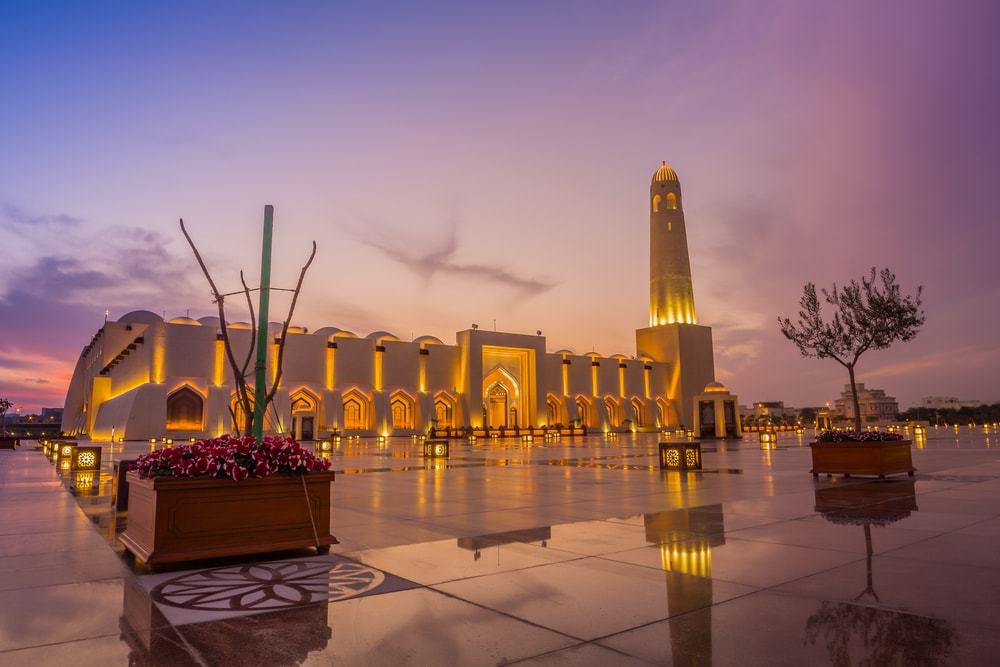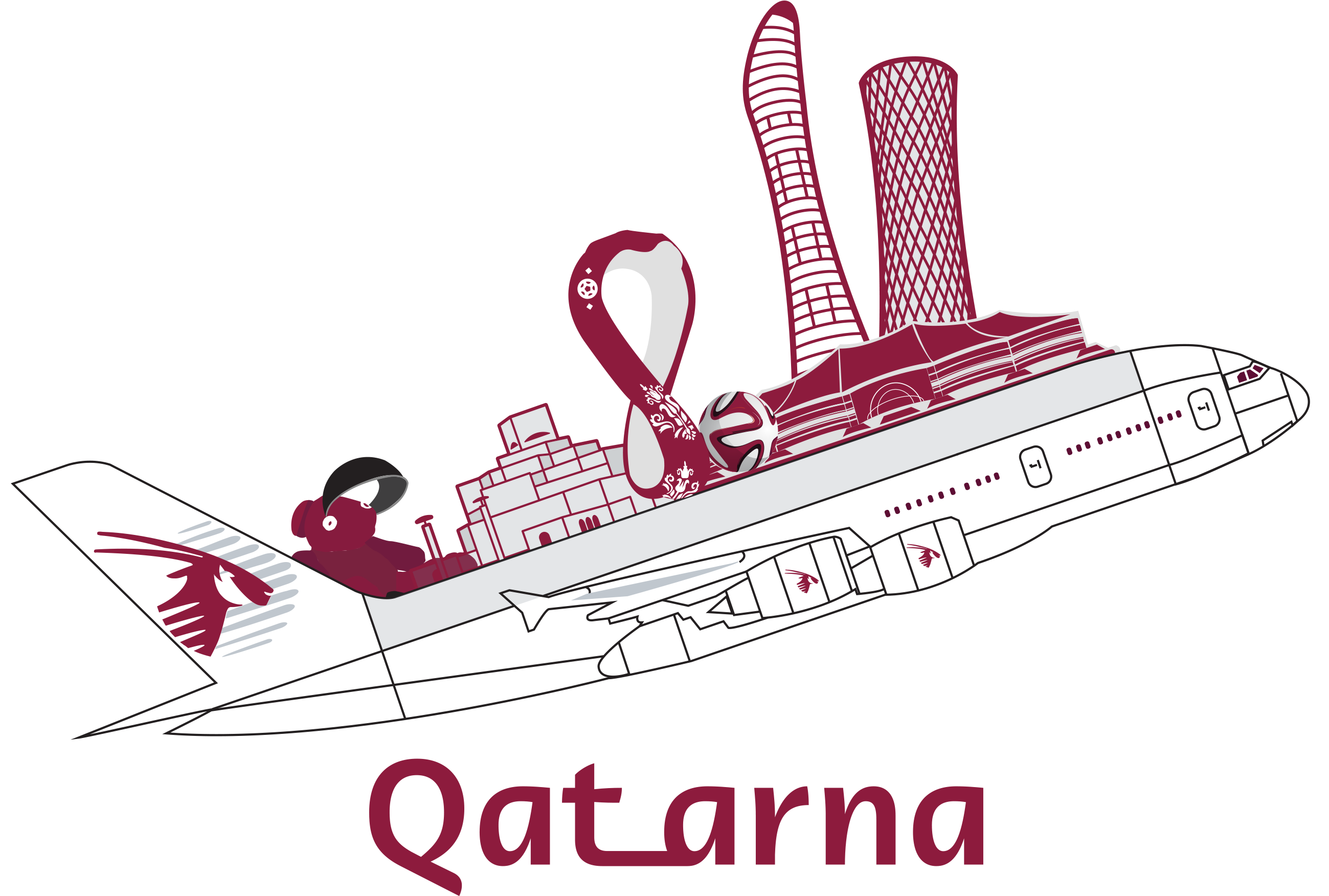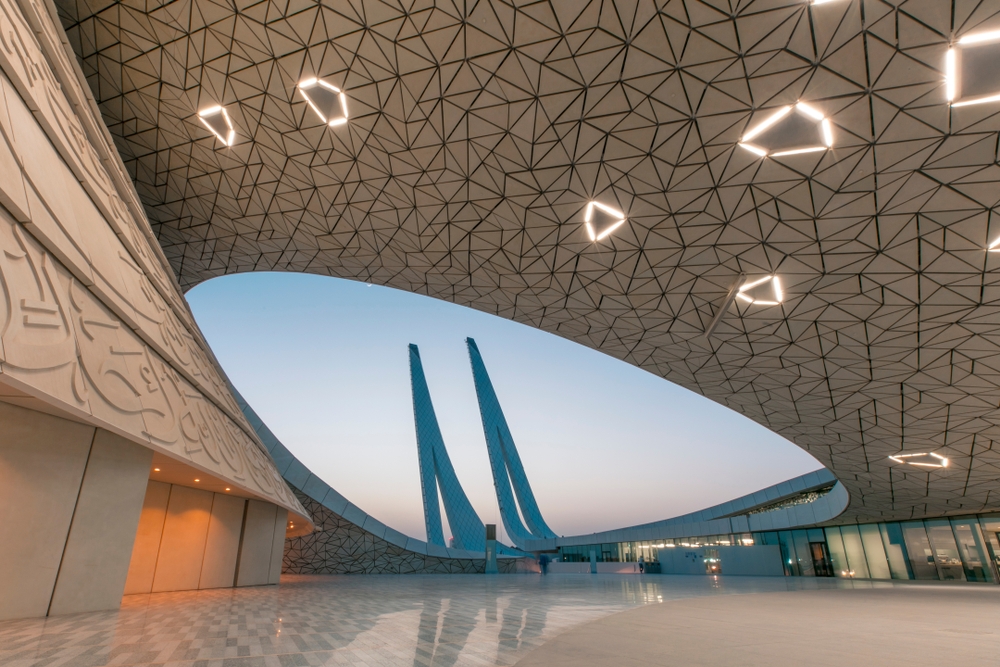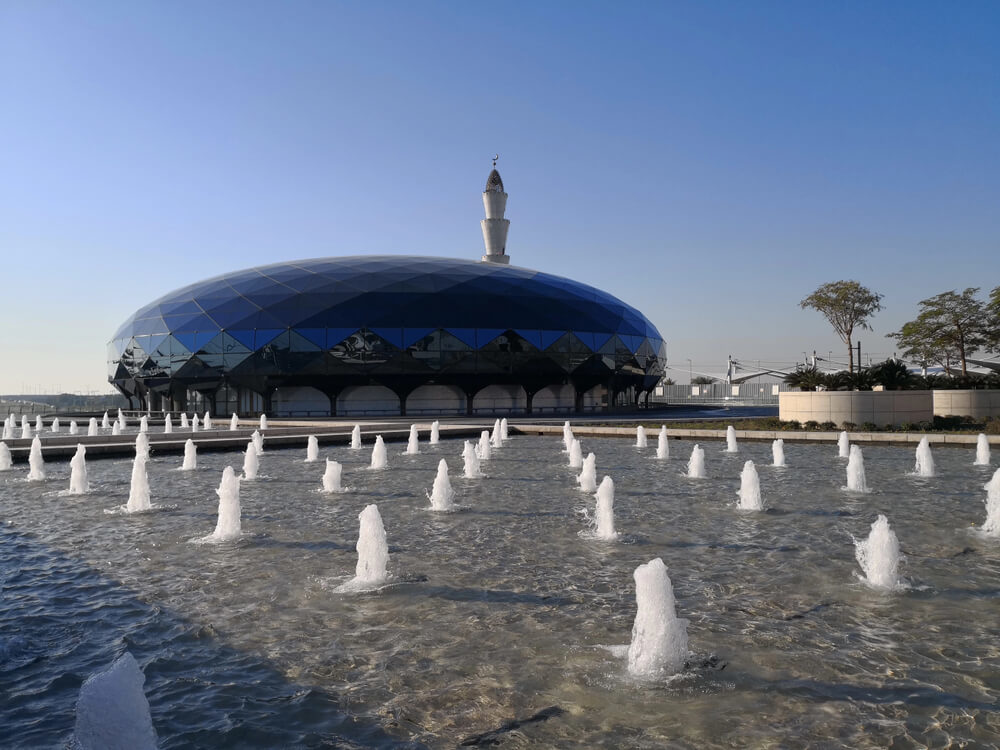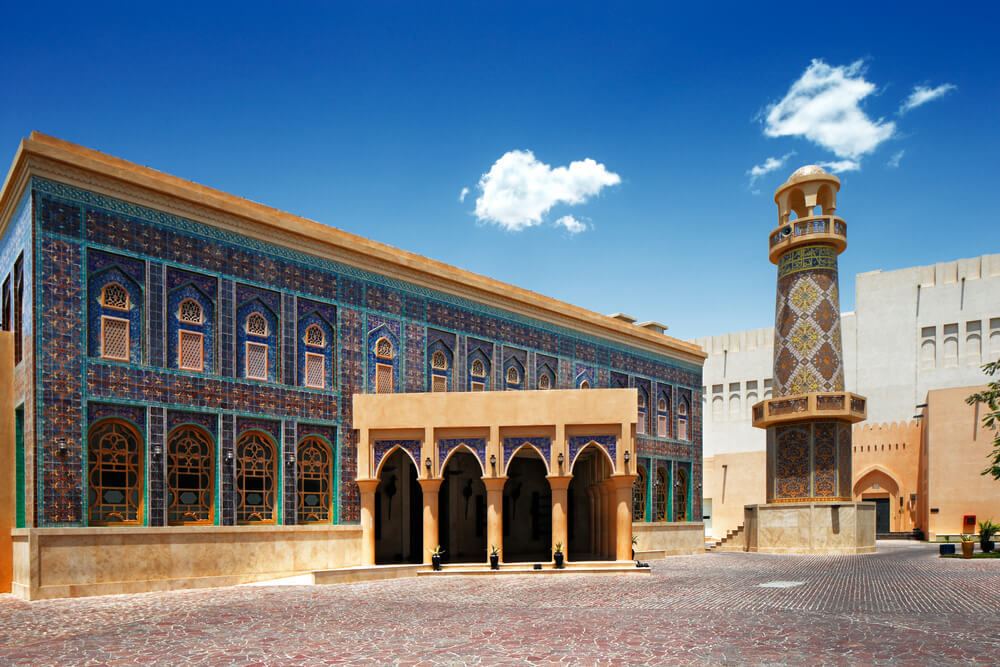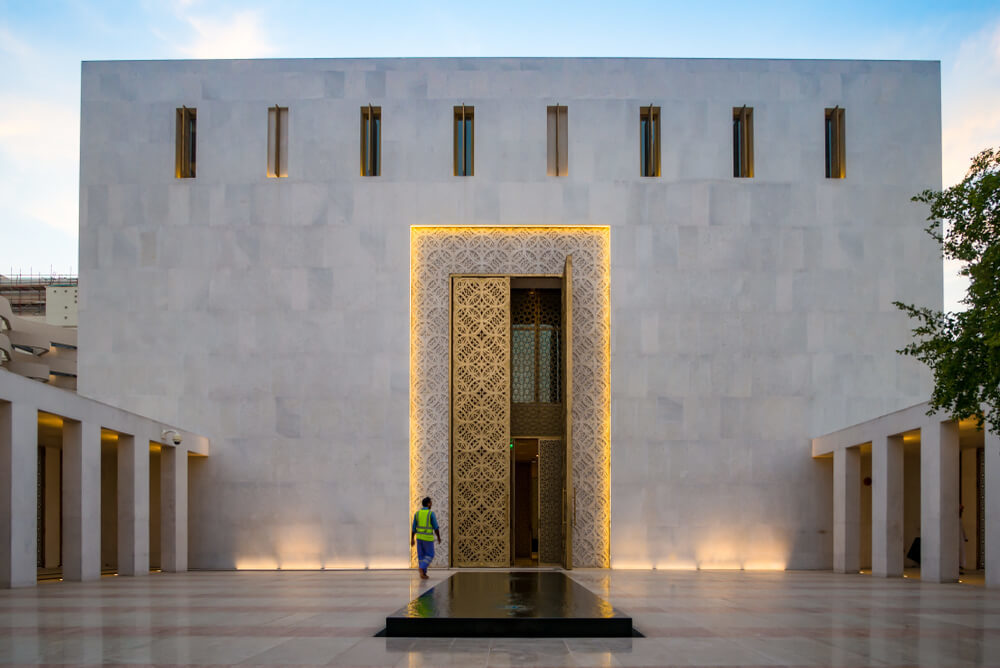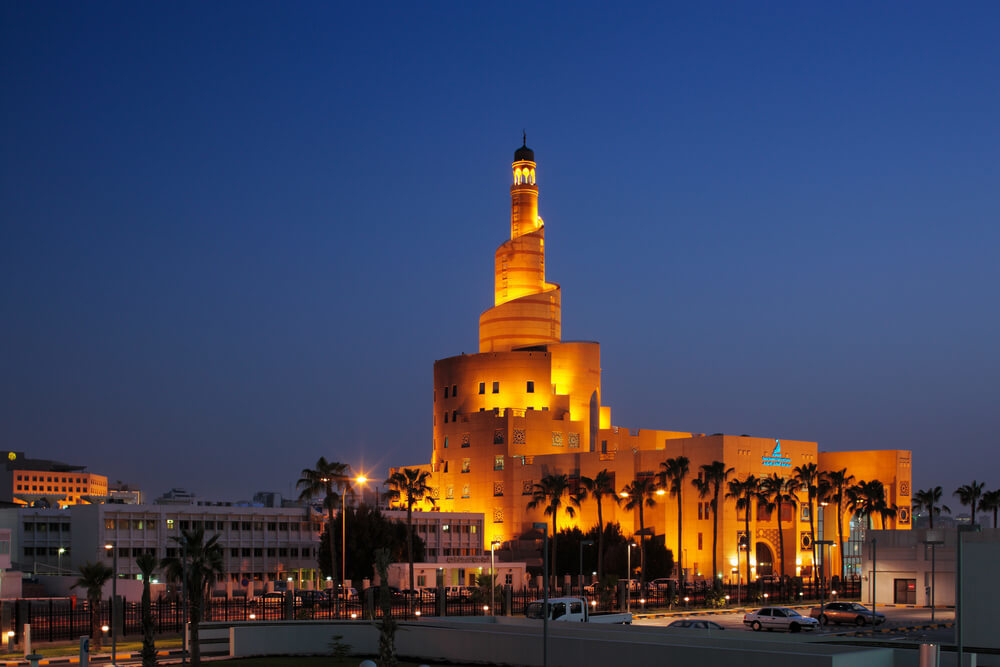The new Msheireb Mosque might look simple and modern but this mosque has earned accolades which include the prestigious ‘Abdullatif Alfozan Award for Mosque Architecture’ for its adoption of new technologies and meticulously planned architectural features. The design of the building is based on traditional Qatari mosques, which have for centuries used orientation, shading, natural ventilation, and water to create comfortable environments for prayer and worship, according to Msheireb Properties.
In addition, "The building has received the Gold LEED accreditation for its effective energy conservation, along with the quality of its design. It incorporates a tailored daylight design, to create dynamic sun patches inspired by Qatari motifs within the main hall during prayer hours, and needs no artificial lighting during daytime hours. Embracing key principles of Islamic art, geometric patterns, and designs, Msheireb Mosque fuses modernist ideas with a historically familiar arrangement of Islamic volumes, spaces, and thresholds."
